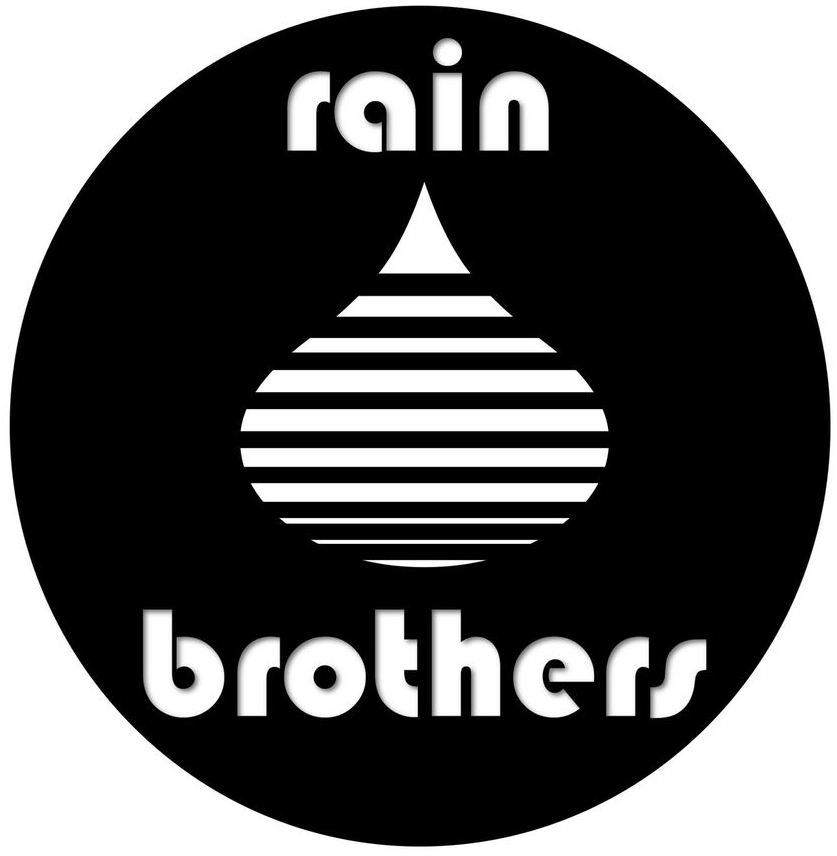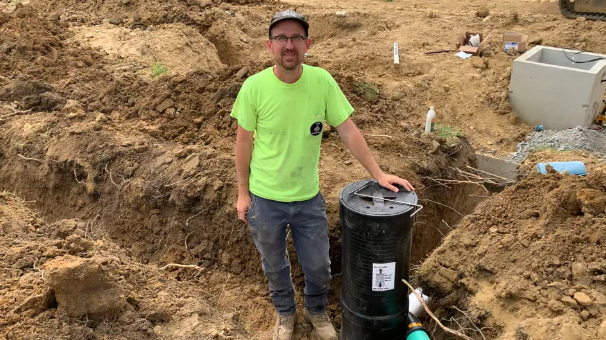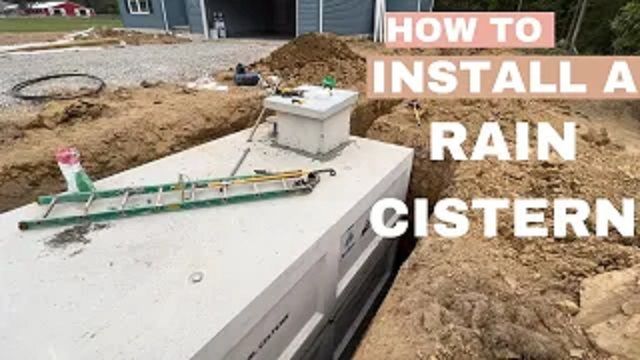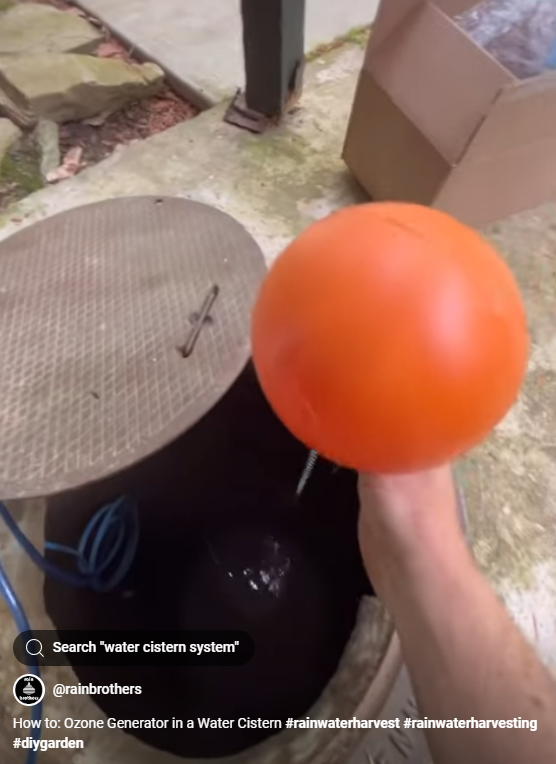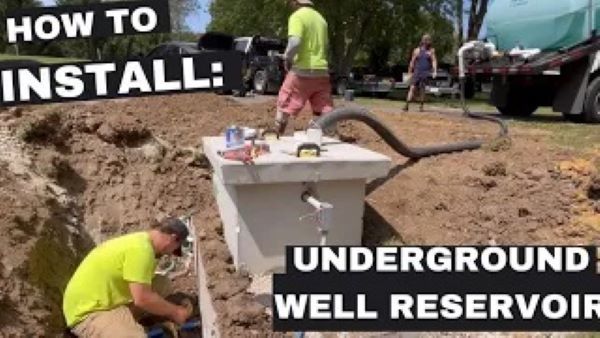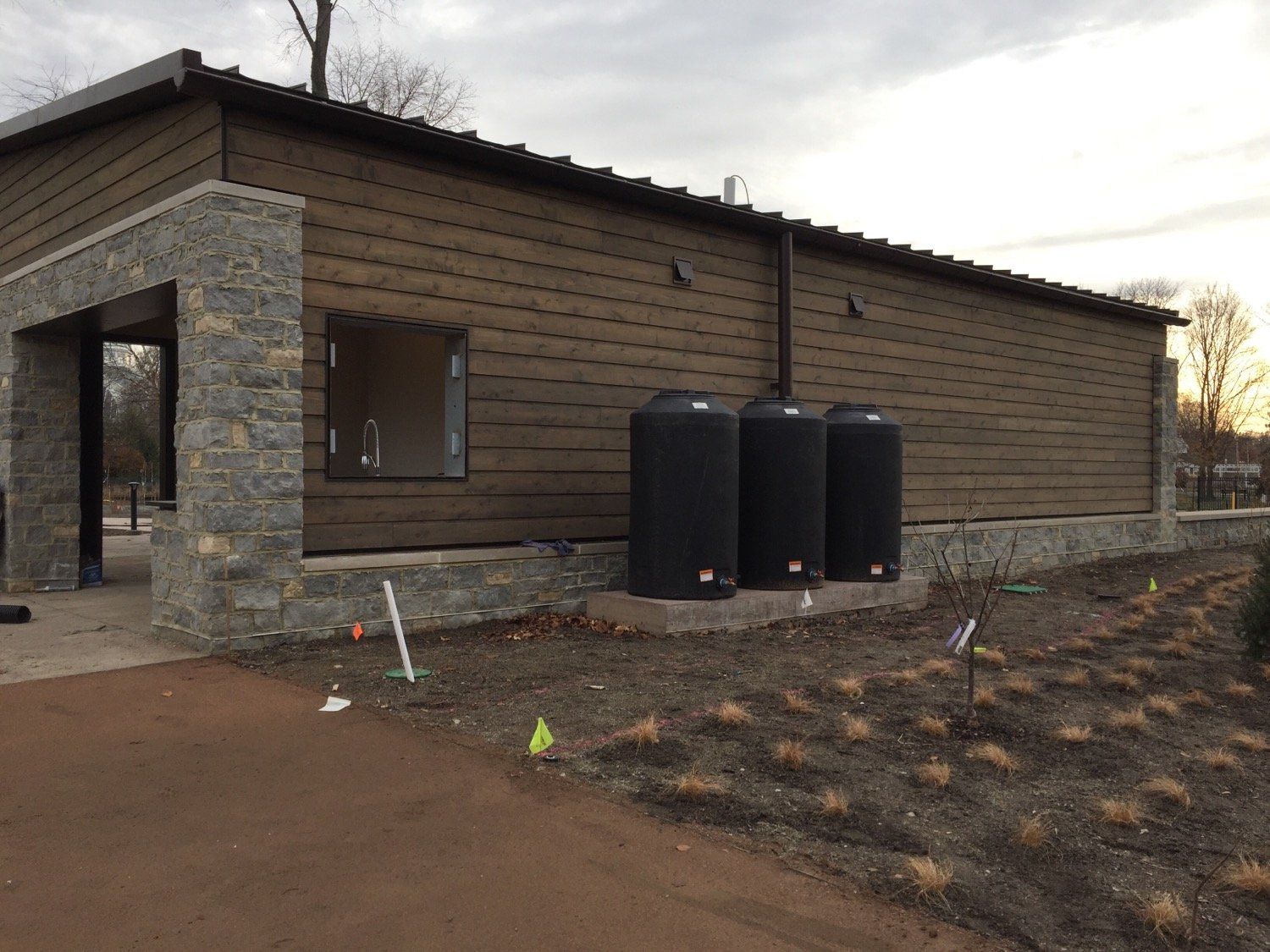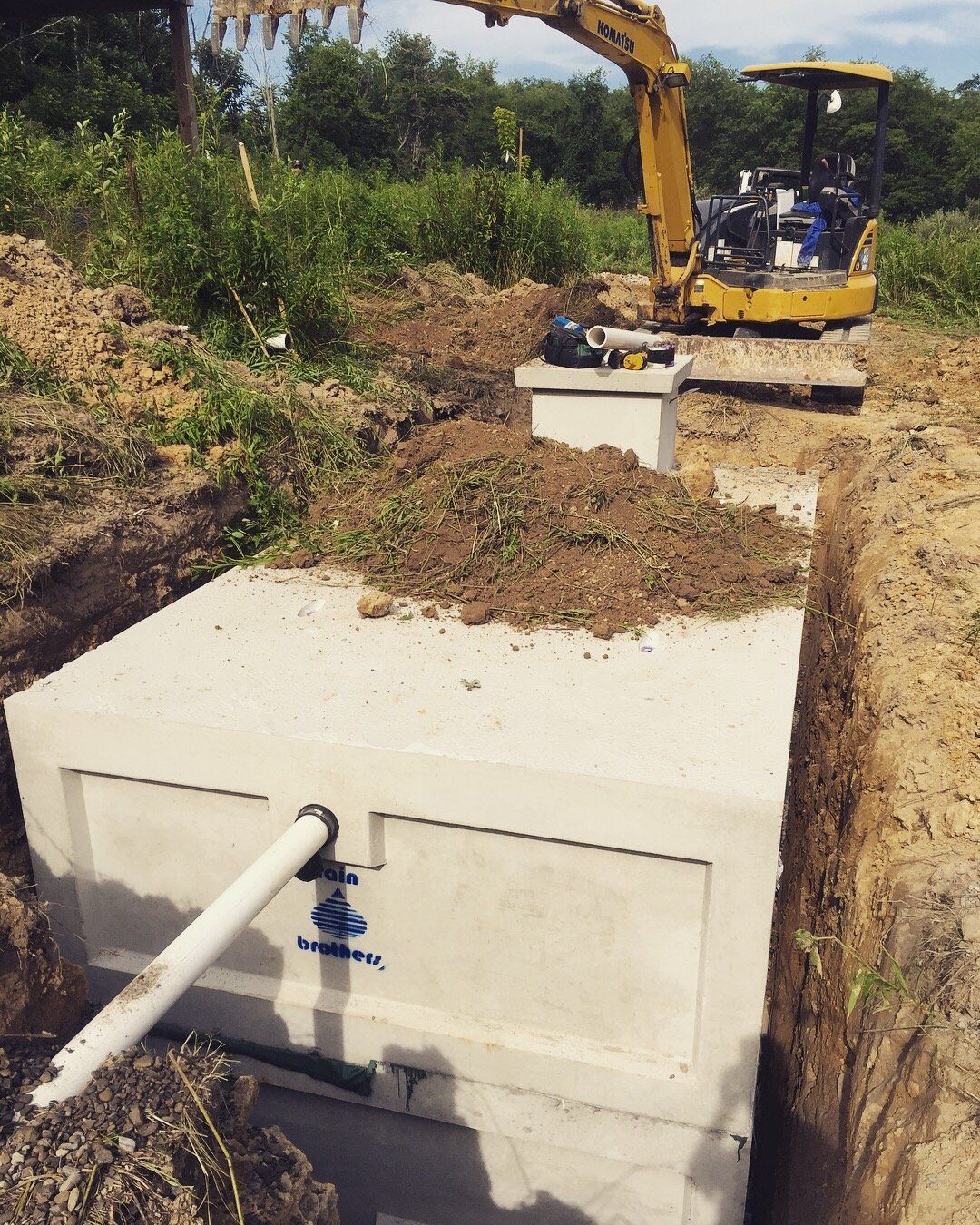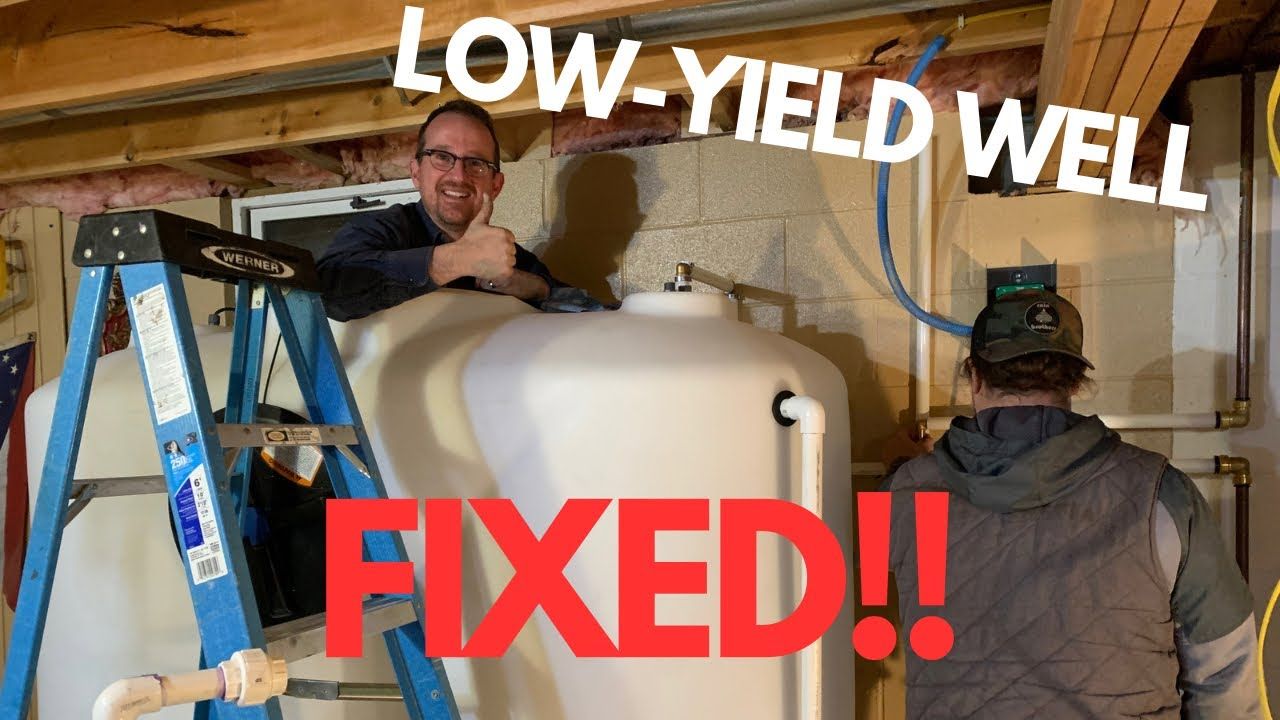Concrete Cistern pH
Concrete cisterns are, in our experience, the best type of tank to use for underground drinking water systems. Rainwater tends to have a lower pH (acidic), while concrete has a higher pH (alkaline). As rainwater fills a concrete tank, the concrete then actually helps neutralize the water and balance the pH, if not slightly alkalinize it, which is why, after the cistern has gone through a few empty-full cycles, a litmus test of your cistern water would reveal a pH of between 6-8 – the optimal range for a good drinking water system.
While concrete cisterns help neutralize acidic rainwater, initially, the residual concrete dust from the manufacturing/casting of the tanks will elevate the water's pH to high alkaline levels (10-11). This is completely normal, though for new concrete cisterns, precautions should be taken to get water down to 7-9 range. There are two approaches to managing this initial alkalinity:
1) Flush the tank. For this method, we recommend hauling in a load of water from a local water hauler (in Ohio, a list of water haulers can be obtained through your County's Department of Health or from the Ohio Department of Health Office of Environmental Health). You can then use the hauled water to rinse the walls of the tank to remove as much concrete dust residue as possible. Do not drink this water, but instead either pump it out after a few days or use it for non-potable applications (flushing toilets, showering, irrigation, etc.). Occasionally, it may take two and sometimes three full empty-fill cycles before the water inside the tank reaches a safe pH level of 9.
2) Pressure wash/scrub. For this method, once the tank has initially been installed, use a pressure washer with a 55-gallon drum of clean water and a cup of unscented chlorine bleach to pressure wash the walls of the tank. You may also use a scrub brush with a bucket of water/chlorine mix and hand scrub the walls. Doing so will remove the majority of concrete dust from the side walls. Then, when possible, pump out the water from the bottom of the tank (note: you may have to put more water into the tank to be able to pump the "dirty water" out). If it is not possible to pump out the bottom of the tank after pressure washing/scrubbing, then get a load of hauled water into the tank but do not drink water from this load. Again, use that first load for non-potable uses only.
These precautions may sound intimidating, but the reality is that the work on the front end is minimal compared to the lifetime of fresh, clean water you will receive from a concrete cistern.
As always, thanks for reading.
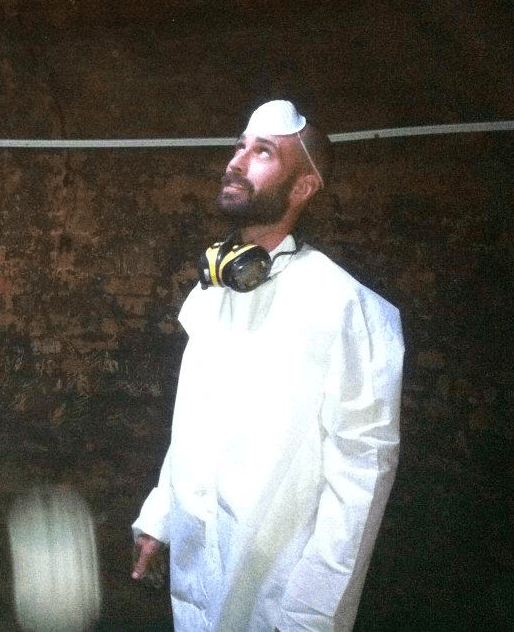
Links
Contact
937-949-1100
- Call or Text
catchingtherain@gmail.com
Cistern Living Community
Do you have a question about living with a cistern? We’re here to help! Join CisternLiving.com, sponsored by Rainbrothers, to connect with experts and a community of cistern owners. Your question could help others—sign up today and be part of the conversation!
Cistern Cleaning & Sealing Services
We provide professional cistern cleaning and sealing services within a 120-mile radius of Yellow Springs, Ohio, covering the following counties:
Butler, Champaign, Clark, Clermont, Clinton, Darke, Delaware, Fayette, Franklin, Greene, Highland, Madison, Miami, Montgomery, Pickaway, Preble, Ross, Shelby, Union, Warren.
Contact us today for reliable and professional cistern maintenance services!
Rainwater Harvesting Cisterns & Systems for Low-Yield, Low-Producing Wells
All Rights Reserved | Rain Brothers LLC
